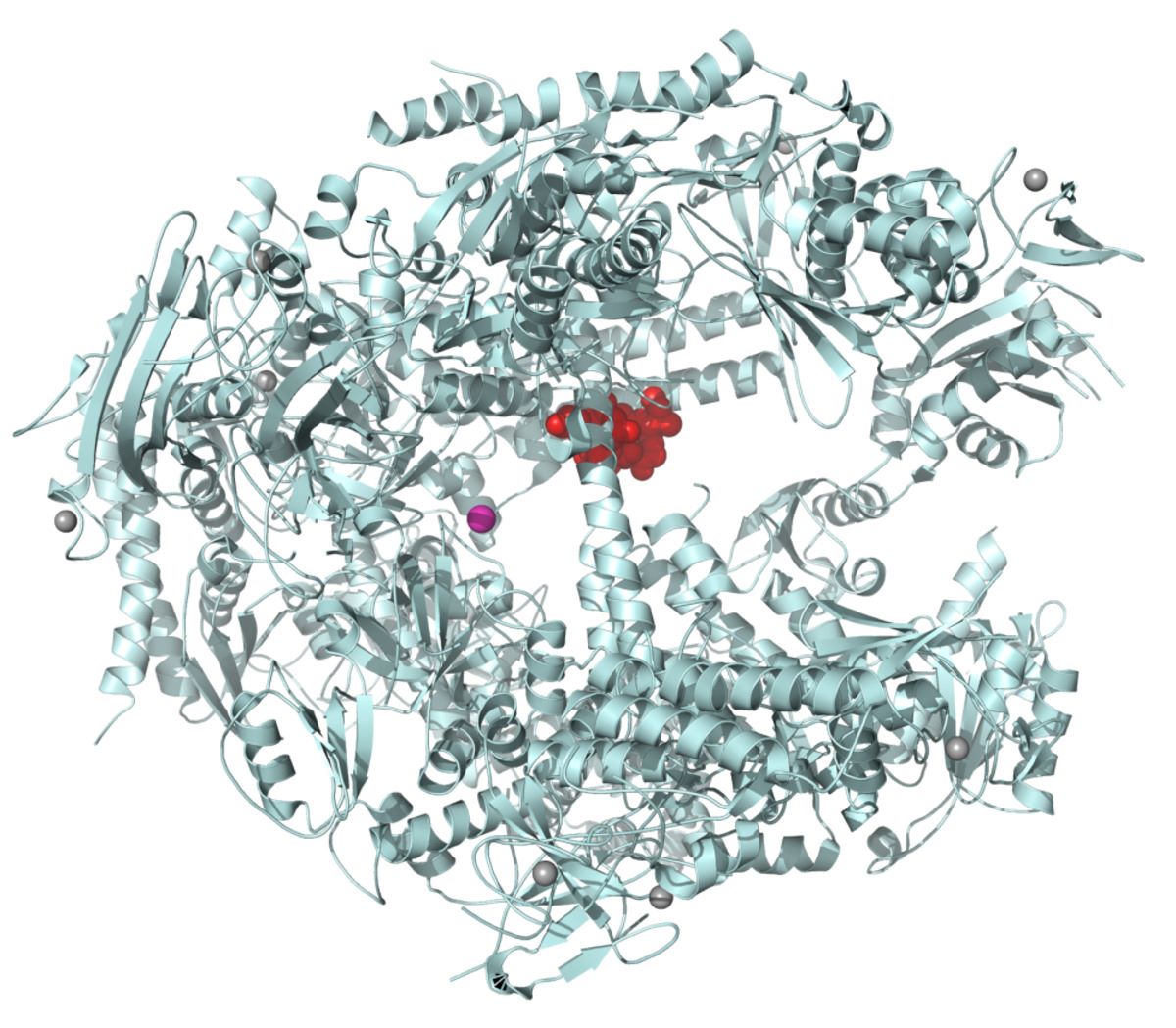
Alpha-amanitin is a potent toxin found in certain mushrooms, notably the death cap and destroying angel. What makes alpha-amanitin so dangerous? It inhibits RNA polymerase II, an enzyme crucial for synthesizing messenger RNA. Without this enzyme, cells can't produce proteins, leading to cell death. Symptoms of poisoning often appear 6-12 hours after ingestion, including nausea, vomiting, and abdominal pain. If untreated, it can cause liver and kidney failure, sometimes resulting in death. Despite its lethal nature, researchers study alpha-amanitin for potential medical applications, such as cancer treatment. Understanding this toxin's effects is vital for both public health and scientific advancement.
What is Alpha-Amanitin?
Alpha-Amanitin is a potent toxin found in certain mushrooms. It’s infamous for its deadly effects on humans and animals. Here are some intriguing facts about this dangerous compound.
-
Alpha-Amanitin is primarily found in the Amanita genus of mushrooms, including the notorious death cap and destroying angel.
-
This toxin inhibits RNA polymerase II, an enzyme crucial for synthesizing messenger RNA, leading to cell death.
-
Symptoms of poisoning usually appear 6-12 hours after ingestion, making early detection difficult.
-
Initial symptoms include severe abdominal pain, vomiting, and diarrhea, which can be mistaken for common food poisoning.
-
After the initial symptoms subside, a deceptive period of apparent recovery occurs, often leading to delayed medical treatment.
How Dangerous is Alpha-Amanitin?
Understanding the severity of alpha-amanitin poisoning is crucial for appreciating its lethal potential.
-
Even a small amount of alpha-amanitin can be fatal, with as little as half a mushroom cap containing enough toxin to kill an adult.
-
The liver is the primary target of alpha-amanitin, leading to liver failure if not treated promptly.
-
Without treatment, death can occur within 7-10 days due to liver and kidney failure.
-
There is no specific antidote for alpha-amanitin poisoning, making supportive care and early medical intervention vital.
-
Activated charcoal can sometimes be used to absorb the toxin if administered soon after ingestion.
Historical and Scientific Insights
Alpha-Amanitin has a rich history and has been the subject of extensive scientific research.
-
The toxin was first isolated in 1941 by German chemist Heinrich O. Wieland.
-
Alpha-amanitin has a complex structure, consisting of eight amino acids arranged in a unique cyclic peptide.
-
Researchers have studied alpha-amanitin to understand its potential use in cancer treatment, given its ability to inhibit cell growth.
-
Despite its toxicity, alpha-amanitin has helped scientists learn more about cellular processes and RNA polymerase II.
-
The study of alpha-amanitin has also led to the development of more effective treatments for mushroom poisoning.
Prevention and Awareness
Preventing alpha-amanitin poisoning involves education and awareness about mushroom foraging.
-
Many cases of poisoning occur because people mistake toxic mushrooms for edible varieties.
-
Mushroom foragers should always consult experts or reliable guides before consuming wild mushrooms.
-
Public awareness campaigns and educational programs can help reduce the incidence of alpha-amanitin poisoning.
-
In some regions, mushroom foraging is regulated to prevent accidental poisonings.
-
Knowing the symptoms and seeking immediate medical attention can save lives in cases of suspected alpha-amanitin ingestion.
The Final Word on Alpha-Amanitin
Alpha-Amanitin, a potent toxin found in certain mushrooms, has a fascinating yet dangerous profile. This compound, primarily from the Amanita genus, inhibits RNA polymerase II, halting protein synthesis and leading to severe liver damage. Despite its deadly nature, researchers study it for potential medical applications, including cancer treatment.
Understanding alpha-amanitin's effects and risks is crucial. Accidental ingestion can be fatal, so proper identification of wild mushrooms is essential. Symptoms like nausea, vomiting, and liver failure often appear hours after consumption, complicating timely treatment.
While alpha-amanitin's toxicity poses significant dangers, its unique properties also offer scientific insights. Continued research may unlock new therapeutic uses, balancing its peril with potential benefits. Stay informed, exercise caution with wild mushrooms, and appreciate the delicate balance between nature's wonders and hazards.
Was this page helpful?
Our commitment to delivering trustworthy and engaging content is at the heart of what we do. Each fact on our site is contributed by real users like you, bringing a wealth of diverse insights and information. To ensure the highest standards of accuracy and reliability, our dedicated editors meticulously review each submission. This process guarantees that the facts we share are not only fascinating but also credible. Trust in our commitment to quality and authenticity as you explore and learn with us.


